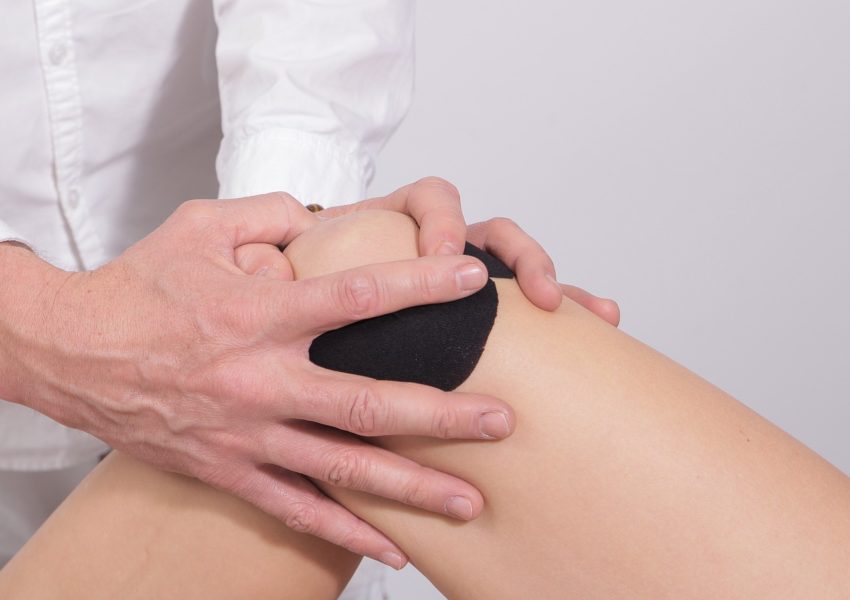BY SARAH COOKE, PT, DPT AND AARON THOMAS, PTA
Do your knees ache, pop and crackle every time you bend down to pick something up off the floor? If the answer is yes, the good news is you are not alone! Approximately 25% of adults have experienced knee pain at some point in their life that causes them to alter the way they move and ultimately affects their quality of life, if not treated. Knee pain can result from injury, overuse, improper body mechanics or disease. This pain can drastically limit one’s ability to perform activities that they enjoy doing, like running, playing sports, getting in and out of the car or getting up and down from the floor to play with kids or grandchildren. Luckily, there are practitioners who are specialists in the human movement system: physical therapists.
Physical therapists are movement experts who specialize in understanding the synergistic relationships between one’s musculoskeletal, neurological and cardiopulmonary systems. Physical therapists have the knowledge to thoroughly examine, assess and create a plan to address issues such as knee pain to help patients reach their goals and return to their maximum level of function. Physical therapy management of knee pain can range from a variety of different approaches consisting of exercises, stretches and soft tissue mobilization to address any deficits uncovered during the evaluation process. This evaluative process will examine those “trouble” movements that cause pain in the knee, as well as look at other regions of your trunk and lower extremity to determine if there are any issues with the surrounding area.
More often than not, the cause of a person’s knee pain may not be directly related to the knee. When evaluating a patient with knee pain, a physical therapist will look at the flexibility, strength and mobility of the surrounding joints, like the hip and the ankle. The root cause of knee pain is commonly attributed to asymmetries and deficits with flexibility and strength in the hips and ankles. Sometimes these asymmetries are evident for a long time prior to the onset of pain. This is because your body will naturally compensate for these movements; however, over time these compensations can lead to pain.
Compensations are when our body alters its normal movement patterns in order to avoid pain. This can be something done intentionally or subconsciously. These compensations can vary from changing the way that you walk to changing how you transition from sitting to standing. These compensations displace the workload from the affected muscles onto the uninjured muscle groups. When this happens, the muscles that were originally unaffected become overworked due to compensation. Addressing these compensations will improve a patient’s ability to perform the movements required for completing the necessary exercises to address any muscular imbalances.
After someone completes their physical therapy course of treatment, there are several ways to help take care of your knees! Your Physical therapists may suggest taking part in regular exercise, getting adequate rest and eating a healthy diet as ways to help improve the health of your knees once you are done with PT. If any exercises or movements cause you knee pain, or if your knee pain is preventing you from doing what you love doing, reach out to a physical therapist!
RELATED ARTICLES:
3 Favorite Restaurant Recipes to Make at Home
We Tried It! Plant-Based Burgers
How Air Purifiers Can Help Clean Your Air


